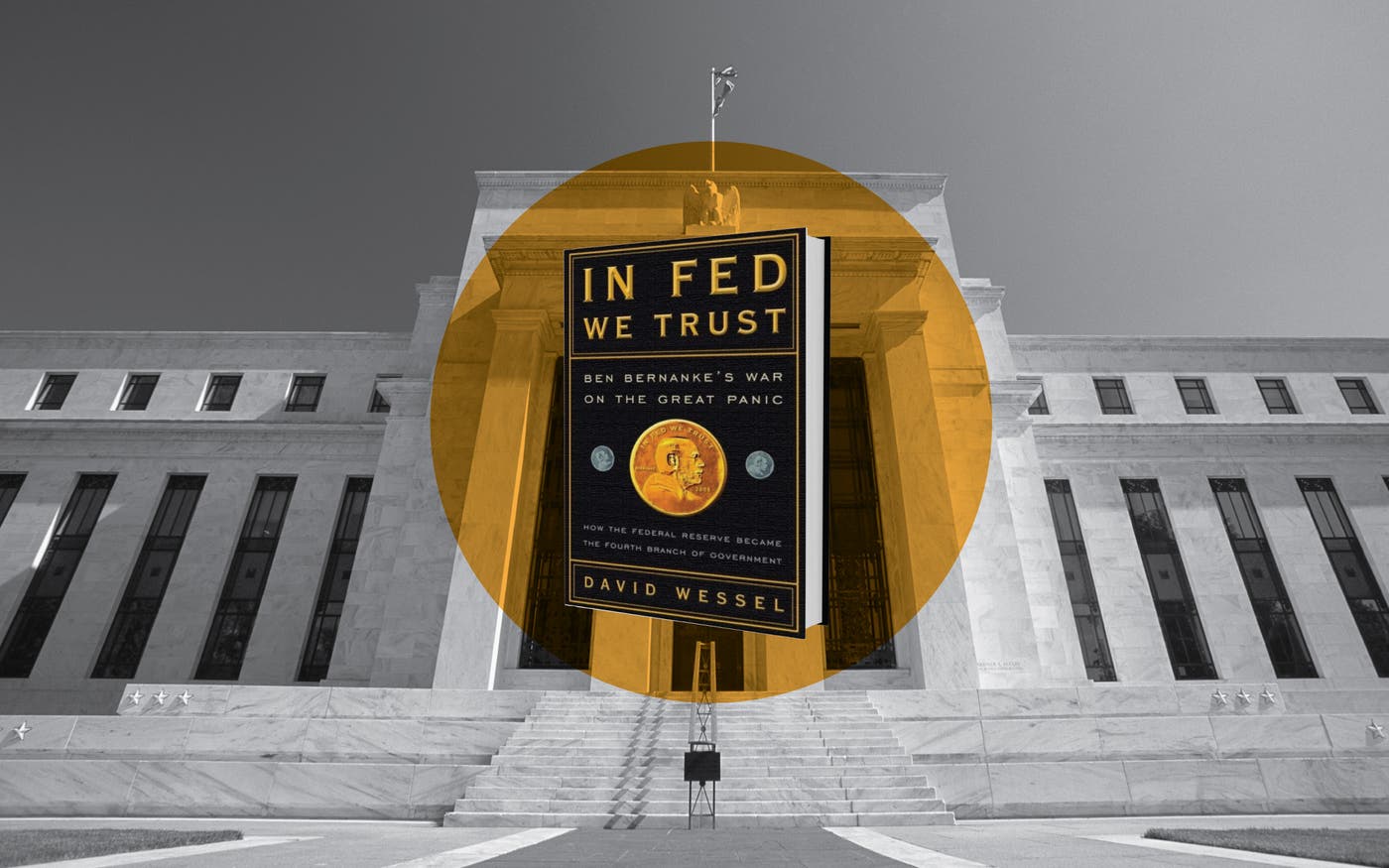
What the Fed Did
A clear look at the Great Panic
Knowing what caused the current economic crisis is critical if we are going to prevent the next one. A new book provides interesting background about the way the Federal Reserve managed the crisis, but important questions remain about the steps that are needed to measure and mitigate future risk.

I just read David Wessel’s book In Fed We Trust: Ben Bernanke’s War on the Great Panic.
The author does a very good job of explaining how things looked to Bernanke as the situation progressed, and how novel the steps that the Fed took really were.
The author does a good job of not using hindsight to evaluate all of the moves, while being clear about where things could have been done better.
He also separates out the substance of the approaches from the way those approaches were communicated since they both are important and sometimes the biggest mistake was in the communication.
The key players—particularly Bernanke but also Paulson—did a great job handling this crisis.
The book—like most—is not very numeric. It doesn’t explain why balance sheets went from looking good to looking bad and what the surprise factor was.
It doesn’t explain how much risk there is in the various efforts undertaken by the Fed.
But if someone wants to understand what happened during what they call the “Great Panic,” this is one of the books they should be read.
I still don’t understand a lot, including how people look at these crises.
We have had a shadow banking system for a long time and plenty of time to get ready – not just the time between the collapse of Bear Stearns and Lehman Brothers but all of the time that has passed since Long-Term Capital Management collapsed in 1998.
It would be interesting to think about conducting “war games” to examine what would happen in bad scenarios? This stuff will happen again and the current proposals seem to miss many key things that should be done.
Who should be around to handle Sunday night bankruptcies – should it really be a Federal judge with no particular expertise who is called on at the last minute?
If the problem is that some banks are too big to fail, why aren’t increased fees and other disincentives for size placed on larger entities?
Shouldn’t there be a design where something the size of Bear Stearns shouldn’t cause a problem?
Should the balance sheets (all liabilities and assets) of these entities be in a computerized form that regulators have access to on a real time basis, including analytics?
Many of the problems during these crises require data to be reviewed very rapidly and technology can improve that very dramatically.
(This would force the liabilities in derivatives to be expressed in a standardized form, reducing some of the one-off nature they have.)
Why wasn’t the systemic risk of Fannie Mae and Freddie Mac easily dimensionalized in a numeric way to force a discussion of whether taxpayers should take the downside of large housing price declines like they have?
The ideas that Jamie Dimon, CEO of JP Morgan, has proposed for using fees during good times to build up a large reserve for when things are bad – something counter-cyclical – seems like an important approach to me.
There are so many pro-cyclical elements in finance and the economy—from pensions to state budgets to stock options that some things are needed to offset them.
I am hoping there will be a book on this topic that is more numeric in its approach.


